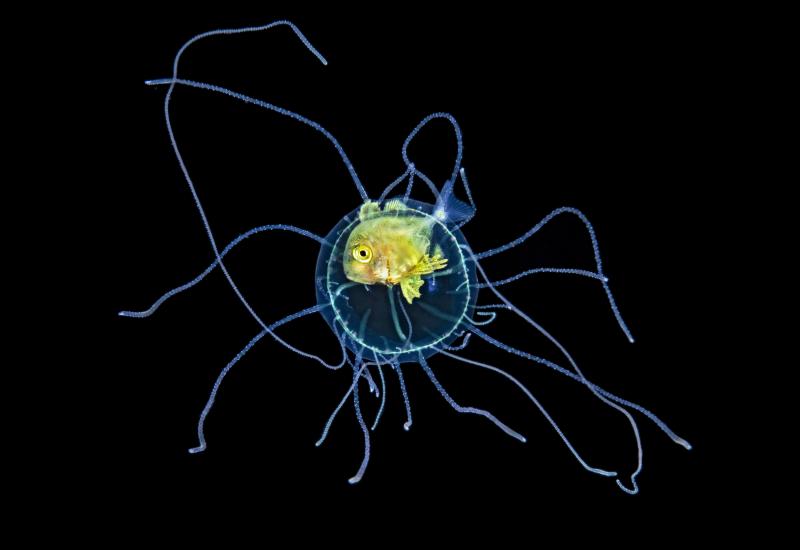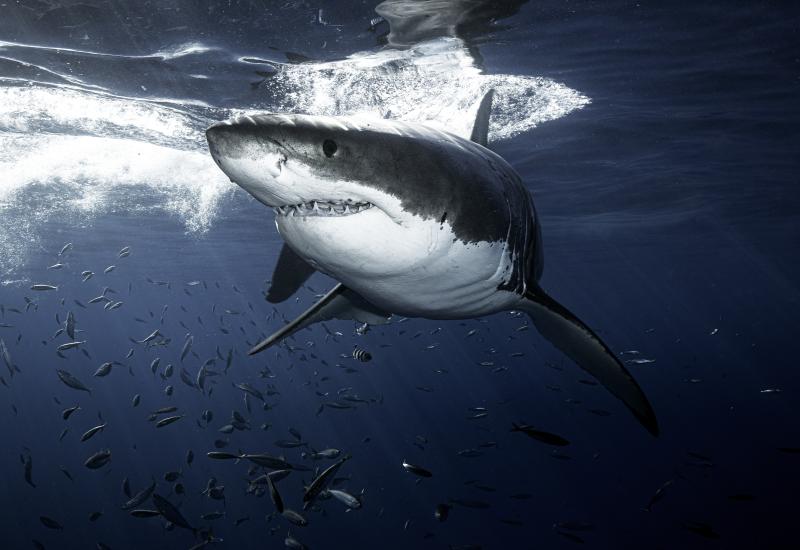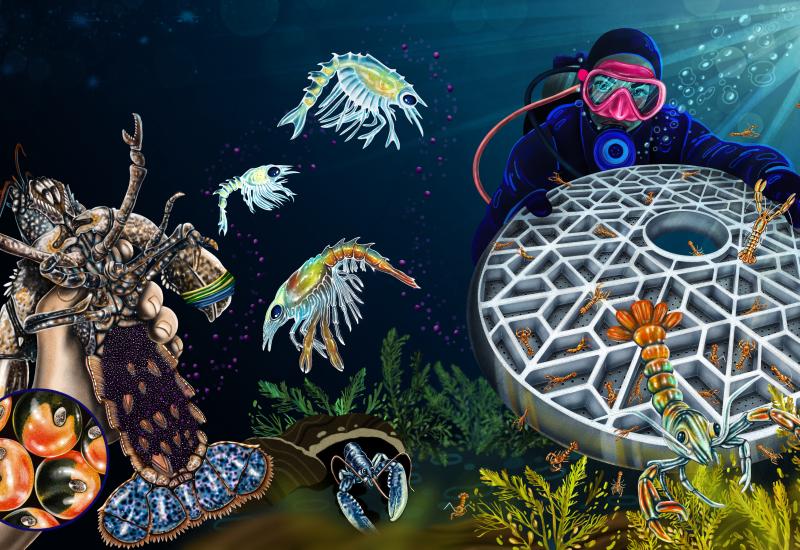7 Facts about Green Sea Turtles

ShutterstockGreen sea turtles face a number of dangers — boat propeller accidents, drowning in fishnets, and the destruction of their nesting grounds — that have led to their listing as an endangered species.
Beloved by scuba divers, green sea turtles (Chelonia mydas) are both alike and different from other sea turtle species.
1. Green sea turtles aren't named for the color of their shells or carapaces; they're named for the greenish hue of their skin. Their shells are normally brown, dark olive, gray or black, depending on their habitat. Their shells are smooth and heart-shaped. The underside of the shell, called the plastron, is a yellowish-white color.
2. There are two types of green turtles — scientists debate whether they are subspecies or separate species — the Atlantic green turtle, generally found off the coasts of Europe and North America, and the Eastern Pacific green turtle, which lives in coastal waters from Alaska to Chile.
3. Green sea turtles can grow to 3 or 4 feet in length and can weigh up to 700 pounds — a little heavier than an average-sized vending machine. They are among the largest sea turtles in the world.
4. Unlike most other sea turtles, adult green turtles are herbivorous, and prefer sea grasses and algae. Juvenile green turtles are omnivores, and eat invertebrates like crabs, jellyfish and sponges.
Watch a video of green sea turtles in Hawaii.
5. Most sea turtles warm themselves by swimming close to the surface of shallow waters, but Eastern Pacific green turtles are known for lumbering onto land to bask in the sun. If you spot a green sea turtle on the beach, it's important to give the animal some space. In Hawaii, the green sea turtle is referred to as honu and is revered as a symbol of good luck and longevity.
6. Green turtles reach sexual maturity between 20 years and 50 years old. They migrate long distances from their feeding sites to their nesting grounds, which for females is the beach where they were born. In late spring and early summer, male green sea turtles arrive first at the breeding grounds — normally in shallow waters close to the sandy beach where the females lay their eggs — and wait for the females to come. While males are capable of mating every year, females mate only every two to four years. In the U.S., females lay their eggs in the southeastern U.S., Texas, Puerto Rico, the Virgin Islands and Hawaii.
7. The females crawl out on beaches and lay their eggs during the night. When laying their eggs, they dig a pit in the sand with their flippers, fill it with their clutch of 100 to 200 eggs, cover the pit and return to the sea. The eggs hatch after about two months. The hatchlings have to run a gauntlet of predators, including crabs and seagulls, as they make their way into the sea. If they can survive this dangerous time, and other life-threatening hazards, green sea turtles can live 80 to 100 years.










